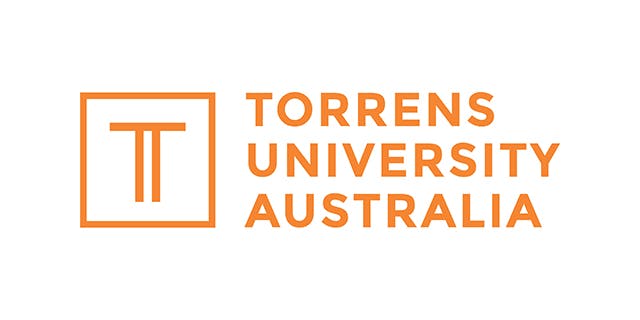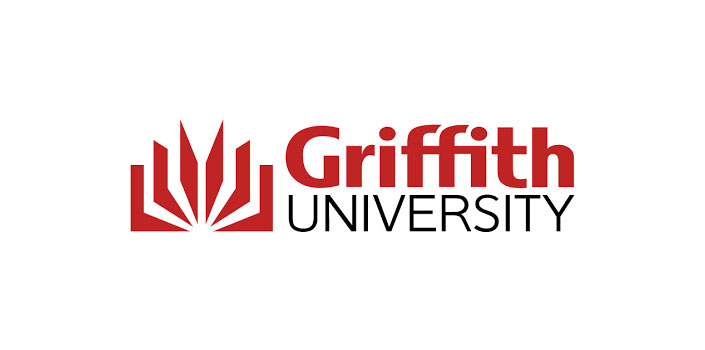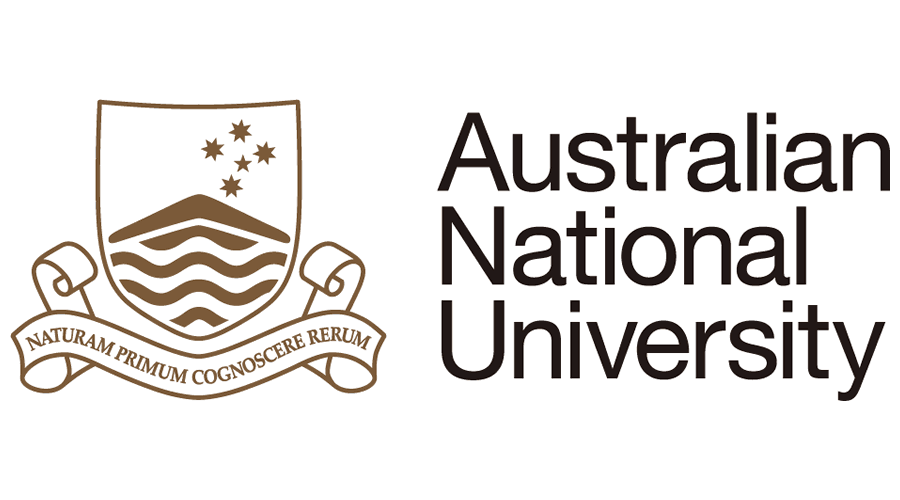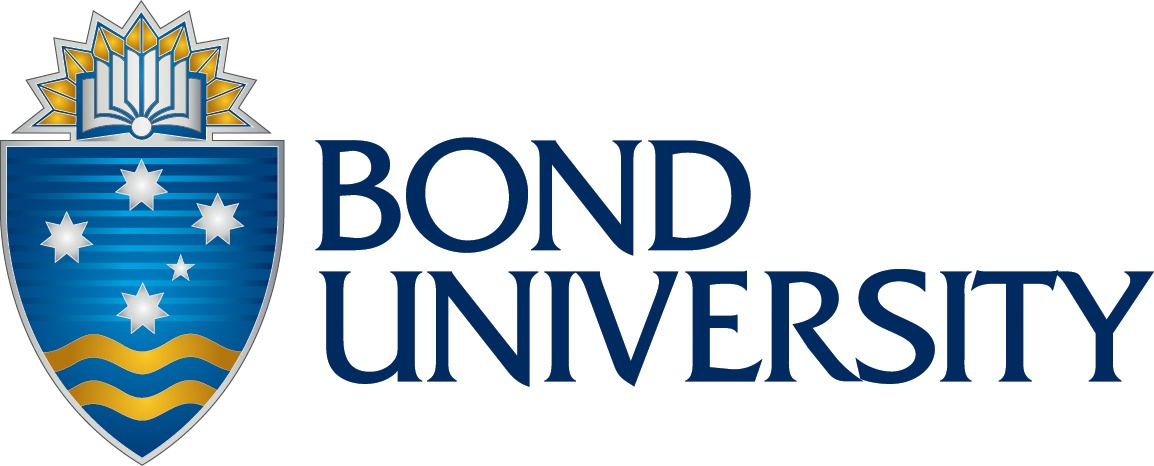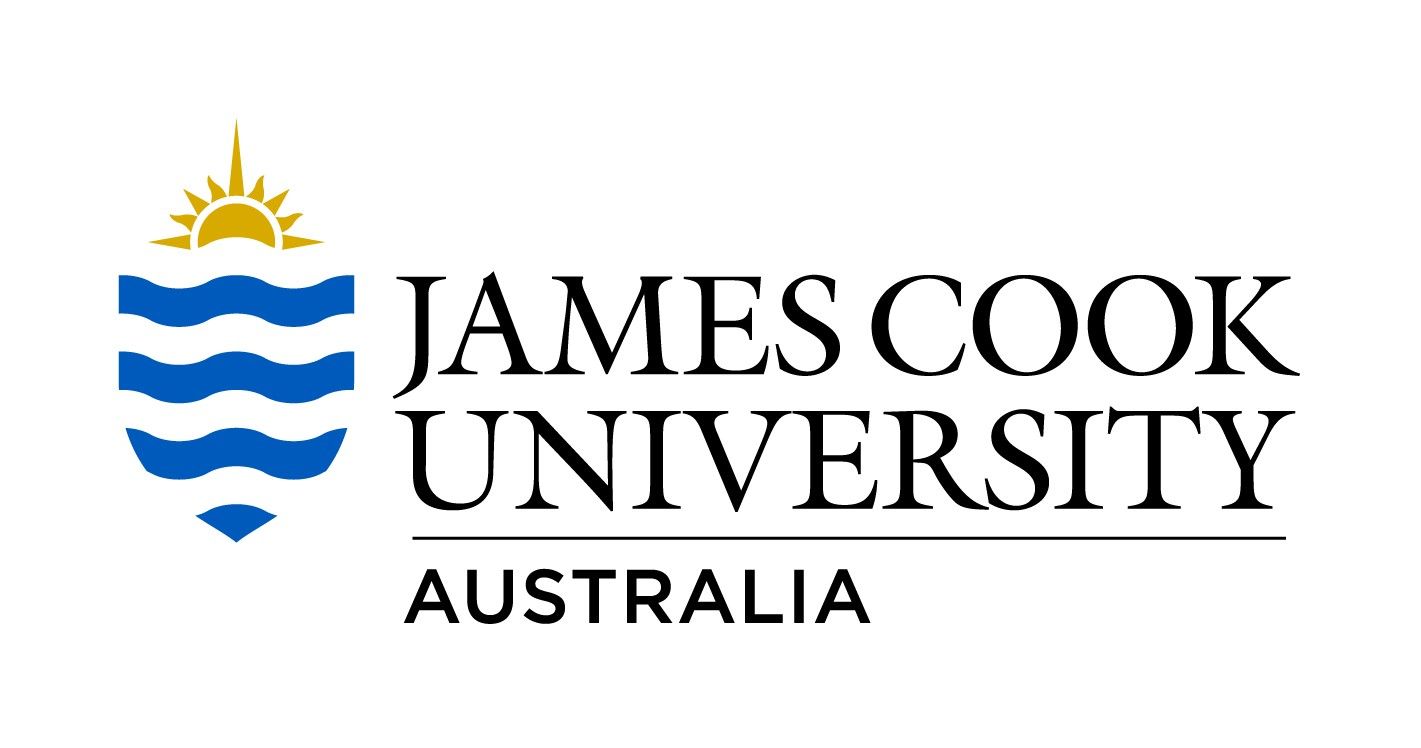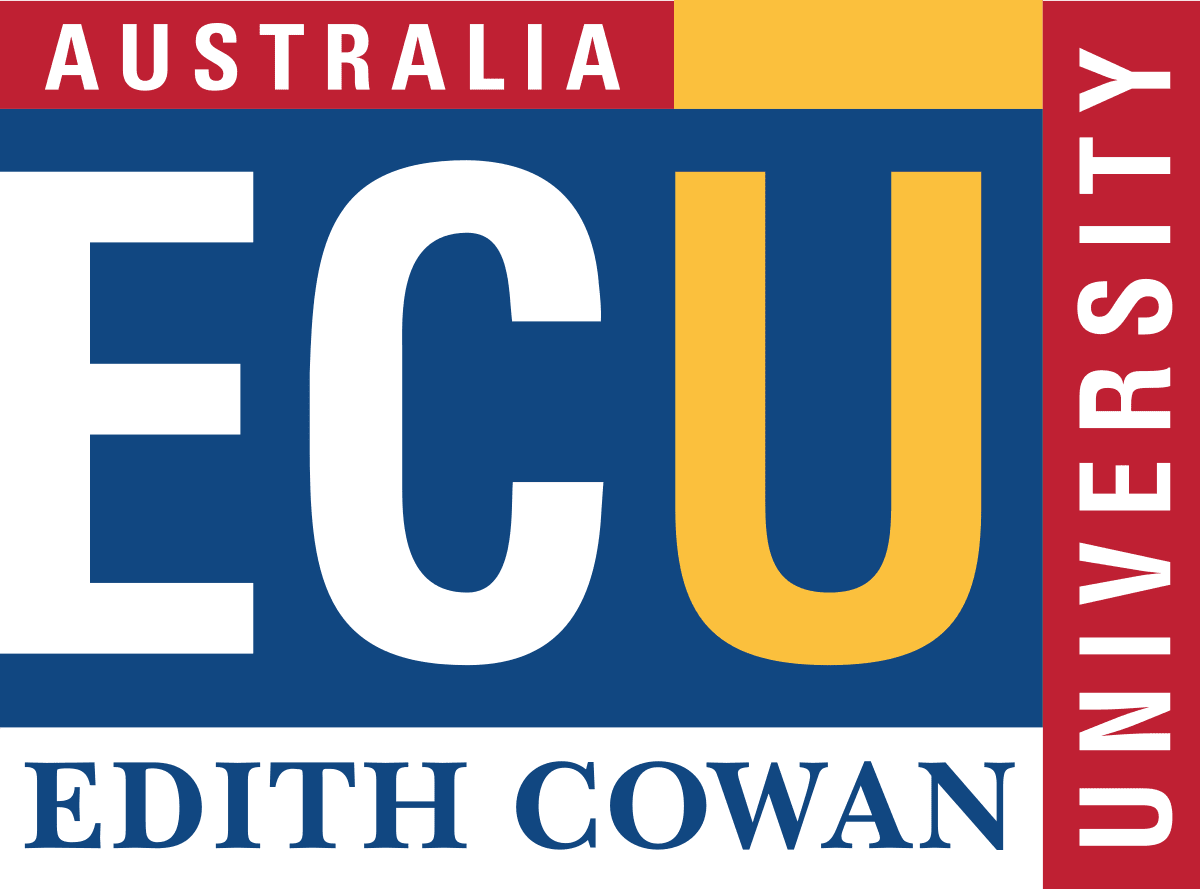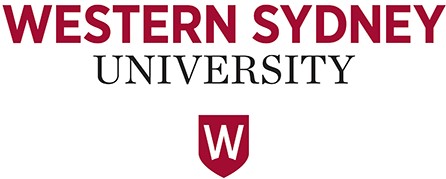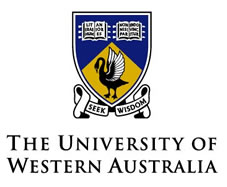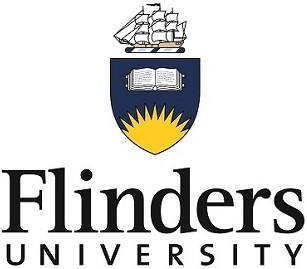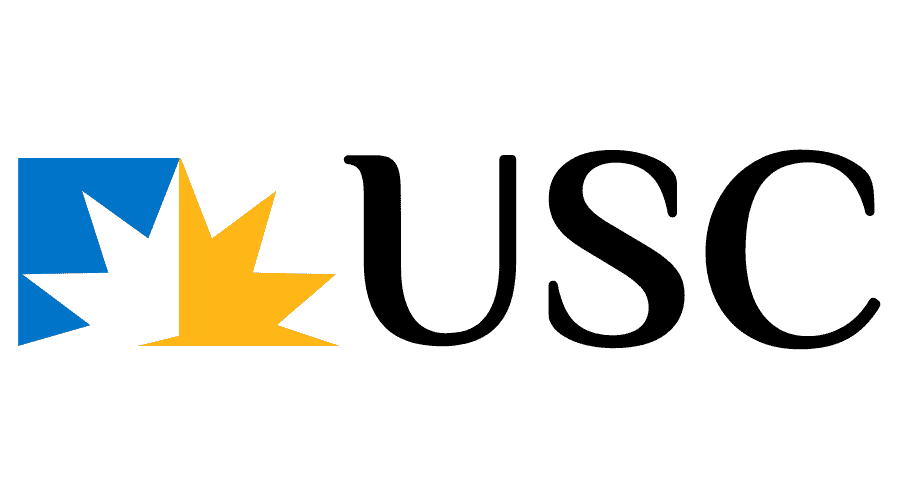Facts About Australia
Location and Geography
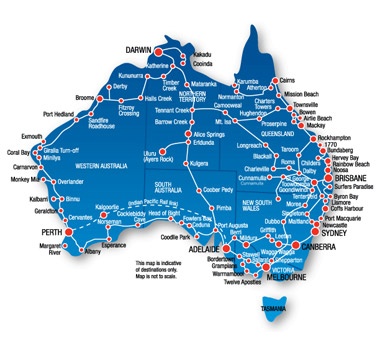
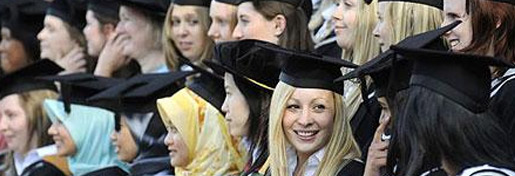
Australia is an island continent of approximately 7.7 million square kilometers, making it the sixth-largest country in the world. Located between the Indian Ocean and the South Pacific Ocean, it is the oldest, lowest (apart from Antarctica), and driest continent.
Because of its unique and varied geography, it is an archaeologist’s delight, with landforms dating back millions of years. Australia is mostly flat, but has some notable mountains and long beaches. Canberra is the capital.
History and Population
Aboriginal peoples settled Australia about 60,000 years ago – there were many distinct languages and dialects, and customs varied greatly from region to region. British settlement began in 1788, and for a time Australia was actually used as a penal colony (the first fleet of convicts arrived January 26, 1788, and the country still marks this occasion on that date with a holiday called Australia Day). The penal era ended in 1868. The settlement developed into six self-governing colonies which federated in 1901 to form Australia, a nation founded on ideals of egalitarianism, human rights, harmony, and democracy. Since the 1950s, large numbers of displaced people have immigrated to Australia, and this has had a profound effect on its society and culture.
The population is more than 21 million, and is highly urbanized. Just over 60% of Australians live in the main cities and almost 80% within 100 kimometres of a major city. Nearly one in four Australians were born overseas. Australia is predominantly a Christian country, with English the official language. It is a member of the British Commonwealth.
Society and Culture
Australian society is safe, friendly, sophisticated, and harmonious. Many ethnic groups are represented in Australia, making it one of the most culturally diverse countries in the world. The country’s proximity to the Asia-Pacific region also influences its culture, economy, and lifestyle. The government of Australia describes the values underpinning the Australian way of life as:
There are many ways to take part in Australian culture, from enjoying the vibrant dining out scene to barbequing on a beach, and from taking in a world-class theatre event to throwing on a backpack and doing a scenic hike. Surfing and other water activities are also highlights of Australia. It’s been said that Australia is an easy place to be a tourist even on a limited budget.
Cost of Living
Living conditions in Australia are generally quite good. Australia consistently ranks in the top five or ten in the world when it comes to quality of life indexes (e.g., The Economist’s) or human development indexes (e.g., The United Nations’). Housing and accommodation is of good quality, public transport is available, food and water are high quality, and many public amenities are accessible. Students can experience a wide range of leisure and sporting activities, and can expect low crime rates and a safe environment.
Tuition fees range from $A5,500 to $30,000 per year. The average fee is approximately $9,000 per year. Health coverage is $380 per year. Accommodation costs $70–400 per week. Other costs are variable but similar to the U.S., Canada, and the U.K.
Education System
Education in Australia is the duty of the state governments. Education is divided into three tiers: primary, secondary, and post-secondary/tertiary. Up to the age of around 15 or 16, education is compulsory; this age is determined by each state. The Australian Qualifications Framework (AQF), a unified system of national qualifications of schools, vocational training and education, regulates post-compulsory education and the higher education sector.
Primary school and secondary school take up to 12 years, with years 1–6/7 for primary schooling and years 7/8–12 for secondary. While school education is compulsory up to age 15 or 16 (year 9 or 10), most students continue and finish in year 12 so they can study for the government-endorsed Senior Secondary Certificate of Education. This certificate is recognized for entry into all Australian universities, vocational education and training institutions, and many international universities.
Post-secondary education comprises two sectors: vocational/technical education and higher education. Australia’s vocational education and training (VET) sector must meet the nationally agreed standards of the Australian Quality Training Framework (AQTF). In 2007, nearly 108,000 international students were enrolled in VET courses in Australia.
Information Specific to International Students
Australia ranked third in top study abroad destinations with a total market value of over 5 billion AUD (3.47 billion USD) generated by international students in 2018.[1] In 2018, 869,709 international students were enrolled in educational programs in Australia, which was about 8.8% higher than the amount in 2017 (799,371). They come to gain a high-quality education, possibly immigrate, or to experience a different life. Each year, many new international students will enroll in Australian courses and add to the already significant international student body around the country.
Australia has the highest ratio of international students per capita in the world by a large margin. In 2019, international students represented an average 26.7% of the student body population in Australian universities. International education therefore represents one of the country’s largest exports and has a pronounced influence on the country’s demographics, with a significant proportion of international students remaining in Australia after graduation on various skill and employment visas.
According to data released by the Departure of Education and Training of the Australian Government, China is the most significant source of international students to Australia. India had the second largest proportion of the enrollments, followed by Brazil, Nepal and Malaysia.
Registered Institutions
Australia List of CRICOS Registered Institutions




